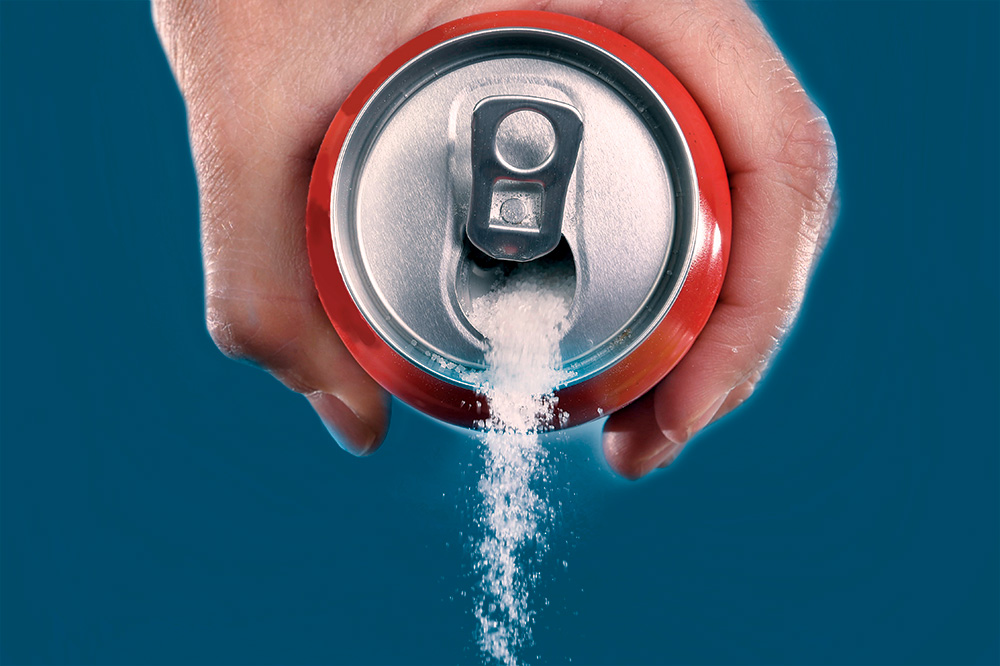
Sweet tips for reducing sugar in your diet
If you saw 57 pounds of sugar on a table, you’d probably think, “Yikes! That’s not healthy.” That is how much sugar the average American consumes in a year. That breaks down to 71g every day. The American Heart Association recommends only 25g per day for women, 38g for men, and 12-25g for children.
Wendy Barth, the clinical dietitian at Black River Memorial Hospital, realizes that people can’t just eliminate sugar from their diet, including herself. “I just love all the sweets,” she says, with ice cream being on top of her list. She has some helpful tips for lowering her sugar intake while still satisfying her sweet tooth, and she shares them here:
GO FOR WHOLE FOODS
Whole foods are those that haven’t been processed or had ingredients added to them, such as fruits and vegetables. The more whole foods you eat, the less processed, unhealthy, and sugary foods you eat, especially since whole foods are generally more filling.
BEWARE OF BEVERAGES
Beverages are one of the biggest culprits for added sugar. Barth’s tips for beverages are to:
- Ask for unsweetened beverages when dining out.
- Look at labels (many popular coffee drinks and juices are loaded with sugar).
- Opt for Stevia when using an artificial sweetener because it comes from a plant.
- Drink diet soda, in moderation, rather than regular soda. Diet sodas do use artificial sugar; however, they use much less because the artificial sugar is 300 to 1,000 times sweeter than the natural cane sugar used in regular soda.
- Add infused fruits or vegetables to water to give it flavor and combat high-sugar beverage cravings.
MORE PROTEINS, FATS
Eating foods high in protein allows your body to break down sugar together with the protein. This keeps the release of sugar into your blood more steady. Eating more fats makes you feel fuller longer, helping you not crave sugar.
OUT OF SIGHT, OUT OF MOUTH
When you are grocery shopping, avoid buying sugary snacks and beverages. If you are at home and have a sugar craving, you are more likely to let it pass if it would require you to go out and buy something. If you still want to have snacks in your home, choose healthier sweet options such as lower-sugar snacks, frozen fruit, or yogurt.
READ THOSE LABELS
“Learning to read the labels can help you understand how much sugar you’re actually consuming,” Barth says. She advises you to look out for syrups and ingredients ending in “ose” in addition to sugar content.
We serve a variety of healthy eating options at Café on Adams, located in the hospital.
